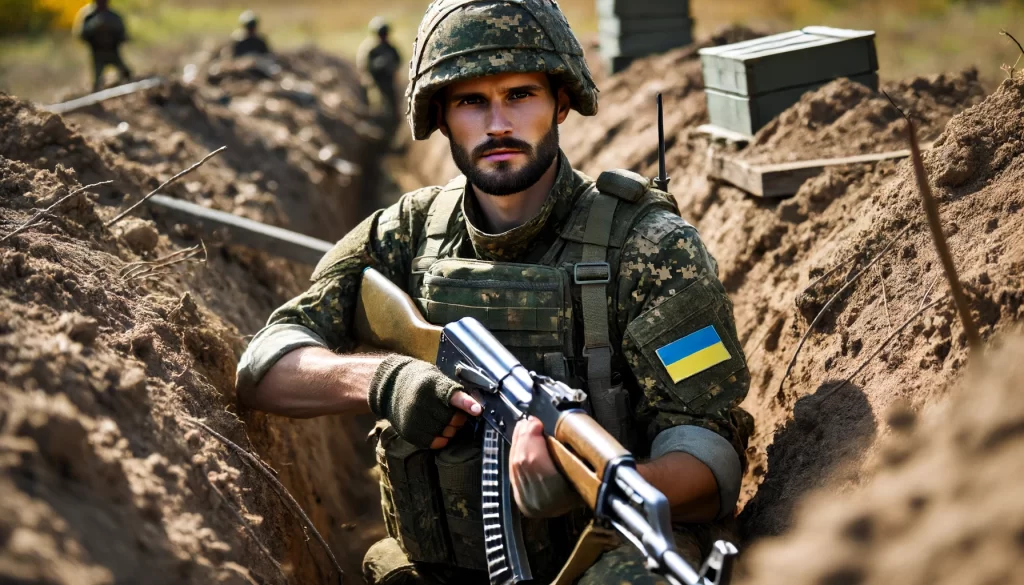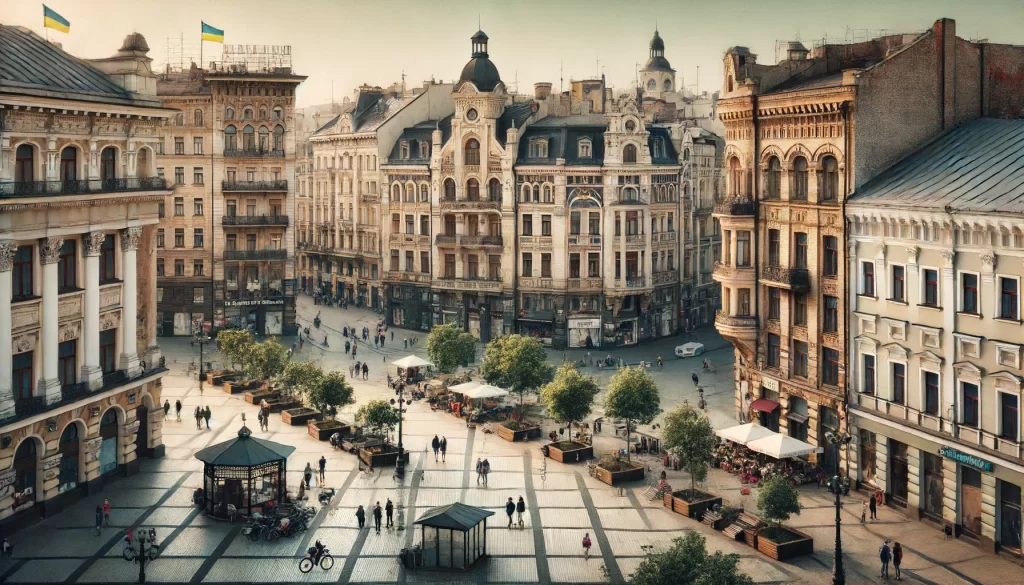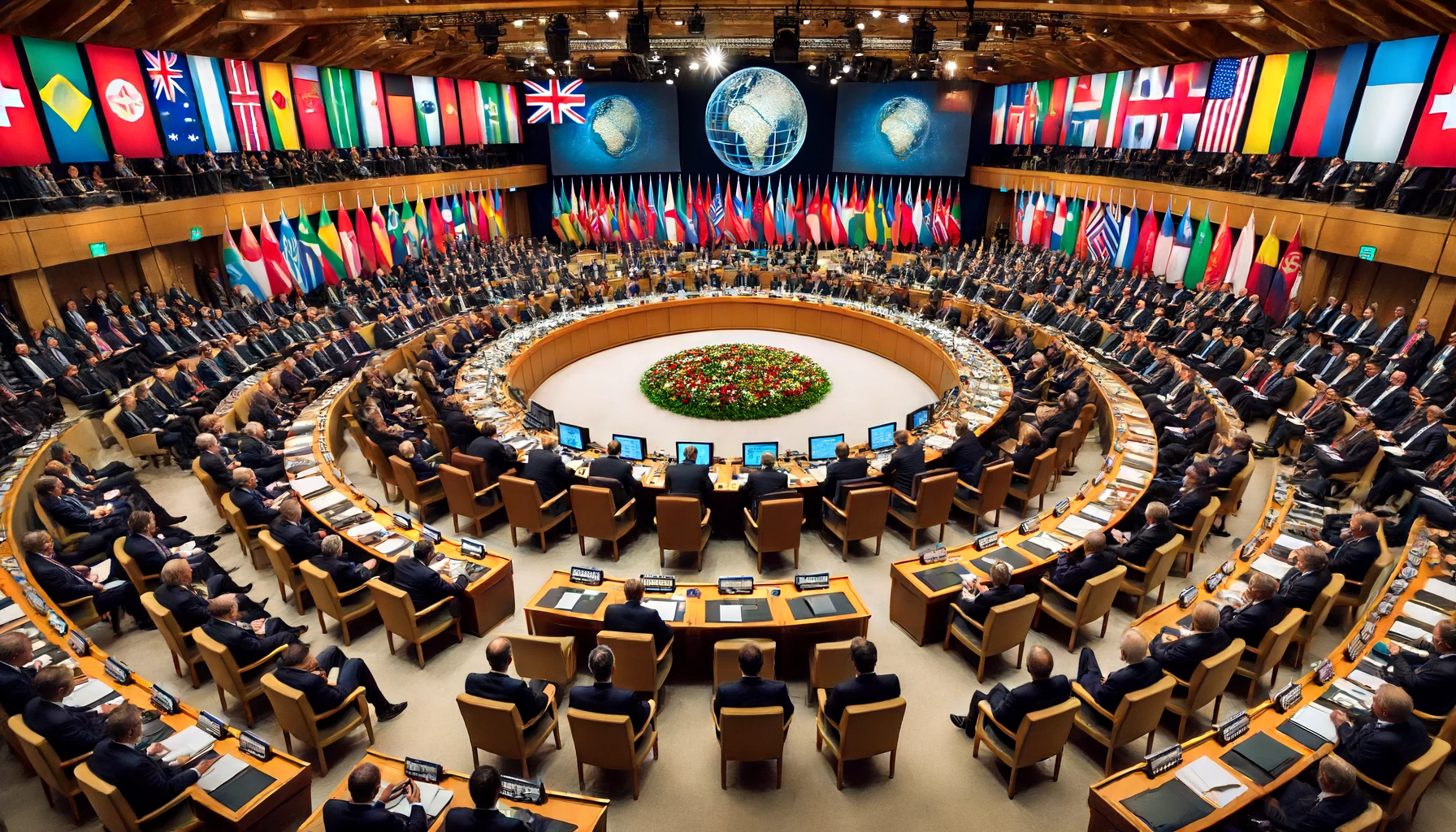On Friday, Russian President Vladimir Putin announced that Russia would be ready to order a cease-fire in Ukraine and enter into negotiations if Ukraine agreed to several significant conditions. These conditions included withdrawing Ukrainian troops from the four regions that Russia annexed in 2022—Donetsk, Luhansk, Kherson, and Zaporizhzhia—and abandoning its plans to join the North Atlantic Treaty Organization (NATO). This proposal came just one day before a peace summit organized by Ukraine in Switzerland, from which Russia was excluded.
Reaction from Ukraine
Ukraine’s response to Putin’s proposal was swift and negative. Ukrainian President Volodymyr Zelenskyy rejected the offer, comparing it to a Hitler-like ultimatum and stating that Ukraine would not negotiate with Moscow until Russian forces left all Ukrainian territory, including Crimea, which Russia annexed in 2014. Mykhailo Podolyak, a Ukrainian presidential adviser, called the proposal a “complete sham” and “offensive to common sense,” emphasizing that Ukraine has never wanted the war but desires its end more than anyone else.

International Response
Putin’s announcement also drew criticism from international leaders. U.S. Defense Secretary Lloyd Austin dismissed the demands, stating, “Putin has illegally occupied sovereign Ukrainian territory. He is not in any position to dictate to Ukraine what they must do to bring about a peace.” NATO Secretary-General Jens Stoltenberg echoed this sentiment, describing Putin’s proposal as “not made in good faith” and a sign of further aggression rather than a genuine peace effort.
Details of Putin’s Demands
Putin’s demands were extensive and included:
- Ukraine must withdraw its troops from the four regions that Russia annexed.
- Ukraine must officially renounce its aspirations to join NATO.
- Ukraine must remain nonaligned and free of nuclear weapons.
- The West must lift all sanctions imposed on Russia.
- Ukraine must recognize Crimea as part of Russia.
- Ukraine must restrict its military capabilities and protect the interests of the Russian-speaking population within its borders.
Putin described these conditions as “very simple” and insisted that, under these terms, Russia would “immediately issue an order to cease fire and start negotiations.” He emphasized that his proposal was not about freezing the conflict but achieving a final resolution.

Context of the Proposal
Putin’s announcement was strategically timed to coincide with significant international events. It came just before the peace conference in Switzerland, attended by leaders from 90 countries, including U.S. Vice-President Kamala Harris, French President Emmanuel Macron, German Chancellor Olaf Scholz, Italian Prime Minister Giorgia Meloni, and European Commission President Ursula von der Leyen. Russia was not invited, and China chose not to attend without Russia’s presence.
Additionally, the proposal came shortly after the Group of Seven (G7) leaders agreed to use interest from frozen Russian assets to support Ukraine. The G7 plan involves using about $3 billion annually from these assets to help pay off a $50 billion loan for Ukraine. This financial support is expected to arrive by the end of the year and is part of a longer-term strategy to bolster Ukraine’s war effort and economy.
Analysis and Criticism
Many analysts and international observers see Putin’s proposal as a tactical move rather than a genuine offer of peace. Samuel Charap, a senior political scientist at the RAND Corporation, noted that both sides often set out maximalist demands before any negotiations, suggesting that Putin’s public position has hardened but might not be final. However, Nigel Gould-Davies, Britain’s former ambassador to Belarus, argued that Putin’s conditions were designed to be unacceptable and were aimed at changing the political psychology in the West, potentially to pressure Kyiv into making concessions.
This article is based on the following articles:
https://apnews.com/article/putin-russia-ukraine-war-4f58423548b3d2e8594c9d9eb8e9d36e
https://www.bbc.com/news/articles/c033eyyr20do
https://www.nytimes.com/2024/06/14/world/europe/russia-ukraine-putin-cease-fire.html

Background Information
Historical Context
Ukraine’s Independence and Early Years Ukraine gained independence from the Soviet Union in 1991. Since then, it has struggled with political instability, corruption, and economic challenges. Despite these issues, Ukraine has moved towards greater integration with Western Europe, seeking closer ties with the European Union (EU) and NATO, a military alliance of Western countries.
Crimea Annexation and Donbas Conflict In 2014, Russia annexed Crimea, a region of Ukraine, following a disputed referendum. This move was widely condemned by the international community. Around the same time, conflict erupted in the Donbas region of eastern Ukraine, where Russian-backed separatists declared independence from Ukraine. This conflict has continued, leading to thousands of deaths and widespread displacement.
Key Players
Vladimir Putin Vladimir Putin has been the President of Russia for many years, known for his strongman tactics and efforts to reassert Russia’s influence on the global stage. His government has been accused of suppressing dissent and manipulating elections.
Volodymyr Zelenskyy Volodymyr Zelenskyy, a former comedian and television producer, became President of Ukraine in 2019. He has taken a firm stance against Russian aggression and has sought greater support from Western allies.
NATO The North Atlantic Treaty Organization (NATO) is a military alliance of 30 countries, including the United States and most European nations. It was founded in 1949 to counter Soviet influence in Europe. Ukraine has sought to join NATO, which has been a point of contention with Russia.
The Current Conflict
2014 Annexation and War in Donbas In 2014, Russia’s annexation of Crimea and the subsequent war in Donbas marked a significant escalation in tensions between Ukraine and Russia. Despite multiple ceasefires and peace agreements, fighting has continued sporadically in the eastern regions of Ukraine.
2022 Full-Scale Invasion In February 2022, Russia launched a full-scale invasion of Ukraine, leading to widespread international condemnation and severe economic sanctions against Russia. The invasion has resulted in significant loss of life, displacement of millions of people, and extensive destruction in Ukraine.
International Responses
Sanctions on Russia In response to Russia’s actions, Western countries, including the United States and the EU, have imposed severe economic sanctions on Russia. These sanctions target key sectors of the Russian economy, including finance, energy, and defense, and aim to pressure Russia to cease its aggression in Ukraine.
Military Aid to Ukraine Western countries have provided substantial military aid to Ukraine, including weapons, training, and intelligence support. This assistance has been crucial in helping Ukrainian forces resist Russian advances.
Diplomatic Efforts There have been numerous diplomatic efforts to resolve the conflict, including peace talks and international summits. However, these efforts have often been undermined by continued fighting and differing demands from both sides.
Key Issues and Terms
Annexation Annexation refers to the forcible acquisition of one state’s territory by another state. In this context, it refers to Russia’s 2014 annexation of Crimea.
Cease-Fire A cease-fire is a temporary suspension of fighting, typically agreed upon by both parties in a conflict. Putin’s proposal includes a cease-fire contingent on Ukraine meeting several demands.
Sanctions Sanctions are punitive measures imposed by one country (or group of countries) on another, often to force a change in behavior. The sanctions on Russia are aimed at pressuring it to withdraw from Ukraine.
NATO Membership NATO membership is a significant issue in this conflict. Ukraine’s desire to join NATO is seen by Russia as a threat to its own security, while Ukraine views it as a means to protect itself from Russian aggression.
Territorial Integrity Territorial integrity refers to the principle under international law that nation-states should not promote secessionist movements or border changes in other nation-states. Ukraine insists that Russia respect its territorial integrity by withdrawing from all occupied territories, including Crimea and the regions in eastern Ukraine.
Understanding the Articles
To fully grasp the articles, it is essential to understand the geopolitical dynamics at play. Russia’s aggressive actions towards Ukraine are rooted in a desire to maintain influence over its neighbor and prevent it from aligning more closely with Western institutions like the EU and NATO. Conversely, Ukraine’s resistance and desire for closer ties with the West reflect its aspiration to secure its sovereignty and democratic future.
The current cease-fire proposal by Putin, with its sweeping demands, is seen as another attempt by Russia to solidify its territorial gains and weaken Ukraine’s sovereignty. Ukraine’s rejection of this proposal highlights its determination to maintain its territorial integrity and resist external pressure to concede any part of its territory. The international community’s response, particularly from Western countries, underscores the broader geopolitical struggle between democratic values and authoritarian aggression.

Debate/Essay Questions
- Is NATO membership worth pursuing for Ukraine, given the potential risks and opposition from Russia?
- Is it ethical for countries to use frozen Russian assets to support Ukraine’s war effort?
Please subscribe to Insight Fortnight, our biweekly newsletter!
